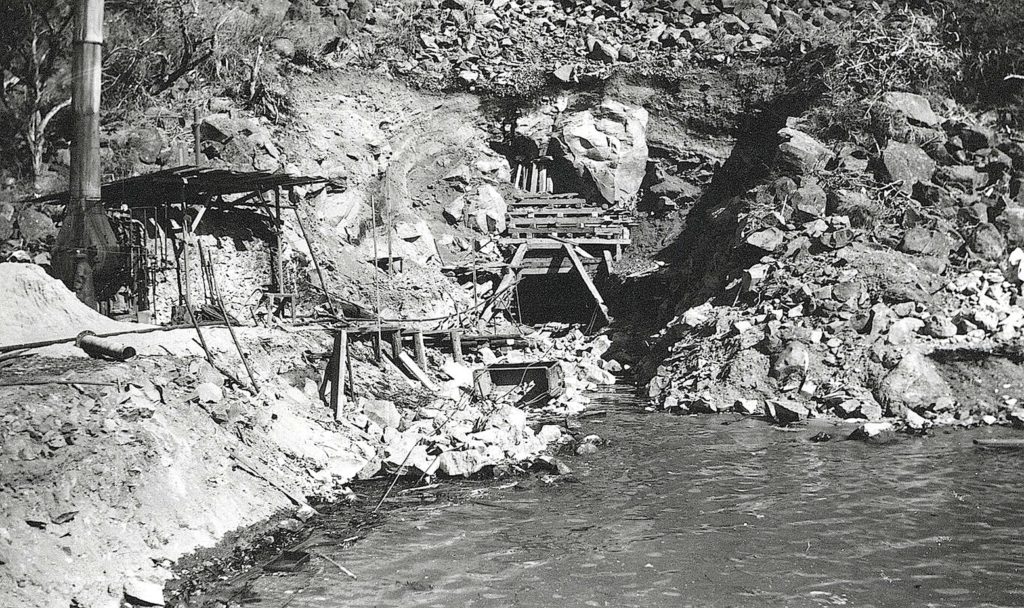
The winter of 1923-24 was one of the driest for California since the1860s. This was one was more profound than the earlier one, as California’s growth had been dramatic in the last six decades.
Like so many the Golden State, the farmers and ranchers of the Honey Lake Valley were in a state of anxiety—with no snow pact, equalled dry reservoirs and low stream flows. One hand the future did not seem so bleak. The completion of the Baxter Creek and Tule Irrigation Districts Bly Tunnel at Eagle Lake could provide nearly everyone with an ample water supply. That water district agreed to sell 20,000 acre feet to the Lassen Irrigation District for $60,000–enough to irrigate 7,000 acres for that district.
While Eagle Lake had enough water to supply the irrigation needs of the Honey Lake Valley, there was a huge technical problem. The Bly Tunnel original design was the inlet was to tap the lake six feet below the surface—the contractor only did three feet. This forced Baxter and Tule Districts to hire an engineer to examine the situation.. When all as said and done, only a very limited water supply was delivered, leaving many literally high and dry.
Subscribe